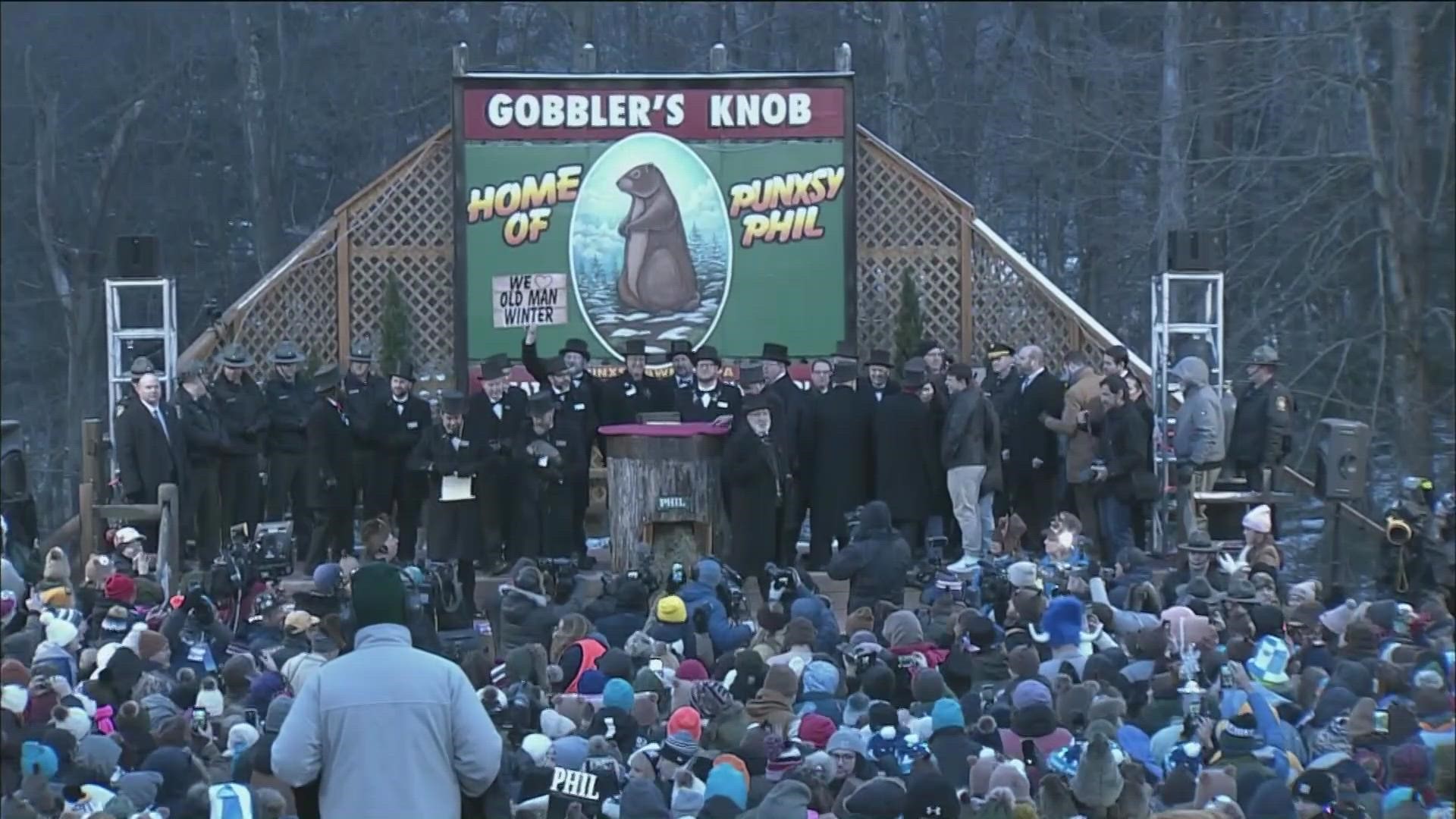ST. LOUIS — Groundhog Day is back again, which means the return of furry forecasters. But in parts of Missouri, the holiday wasn't always on the second day of February.
According to the groundhog page of the Missouri Department of Conservation website, the day used to be celebrated in the Ozarks on the same day as Valentine's Day. Ozark folklorist Vance Randolph said that tradition continued until people from other parts of the country started to influence the celebration.
Rudolph said the holiday was a contentious topic from 1900 to 1940, with backcountry Ozarkers clashing with "outsiders," "furriners," and "the younger generation," according to the MDC website.
"By the early 1930s, having a sunny February 2 and a cloudy February 14 would mean that the oldtimers were taking off their coats and cultivating their gardens, while newcomers were settling in for another six weeks of winter," the post said.
The holiday lines up with the end of the typical groundhog hibernation period. The mammals head underground in October and typically emerge at some time in February.
As the old folklore goes, if a groundhog emerges from its hole to see its shadow, it heads back in for six more weeks. If it sees cloudy skies, then winter weather is over and the plowing and planting can begin.
Beyond predicting the weather, groundhogs in Missouri offer help for other animals and plants. Due to their voracious digging, their burrows provide homes for other animals like foxes, opossums, rabbits, skunks and weasels.
Their digging also aerates and mixes soil, which helps the soil absorb more rain and improves soil quality for plants.
It's not all good with groundhogs, though. The rodents, which typically weigh between four and 14 pounds, are almost entirely vegetarians. Some of their favorite foods are garden crops like peas, beans and corn, which can cause issues for farmers and gardeners.
If you run into groundhog problems, the department of conservation suggests finding a pest control specialist familiar with state and federal laws.

